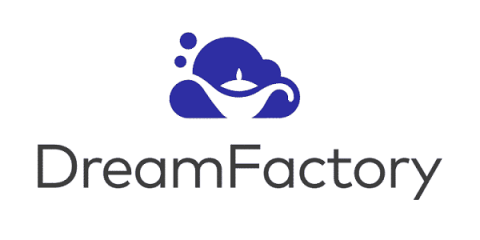Stripe APIs & DreamFactory
DreamFactory specialises in REST API generation for any number of database types however an underrepresented benefit is the ability to mount and manage any third party API via a HTTP service connector. This gives you the ability to generate documentation and secure an existing API as if it were created natively within DreamFactory.



